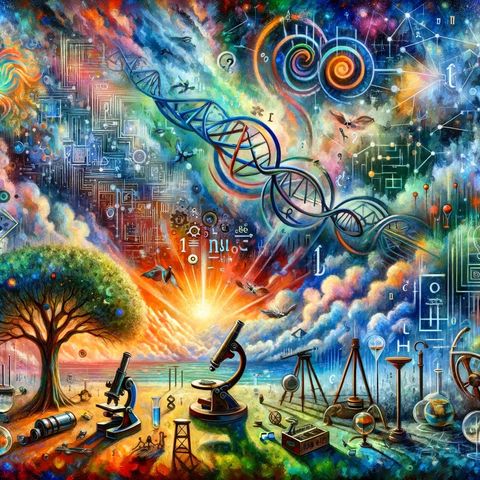
Contactos
Información
This Day in History - Science is an podcast that attempts to explores the remarkable moments that shaped the scientific landscape. Each episode, we journey back in time to rediscover...
mostra más- Learn about the most important scientific discoveries of all time
- Meet the brilliant minds who made them possible
- Understand how science has shaped our world
- Be inspired to explore your own curiosity about science
Subscribe to This Day in History - Science on your favorite podcast app today!
- history
- discovery
- invention
- innovation
- technology
- medicine
- space
- exploration
- education
- learning

This Day in History - Science is an podcast that attempts to explores the remarkable moments that shaped the scientific landscape. Each episode, we journey back in time to rediscover...
mostra más- Learn about the most important scientific discoveries of all time
- Meet the brilliant minds who made them possible
- Understand how science has shaped our world
- Be inspired to explore your own curiosity about science
Subscribe to This Day in History - Science on your favorite podcast app today!
- history
- discovery
- invention
- innovation
- technology
- medicine
- space
- exploration
- education
- learning
Información
| Autor | QP-2 |
| Organización | William Corbin |
| Categorías | Ciencias |
| Página web | - |
| corboo@mac.com |
Copyright 2024 - Spreaker Inc. an iHeartMedia Company
